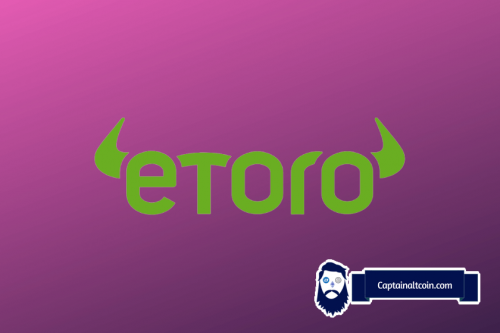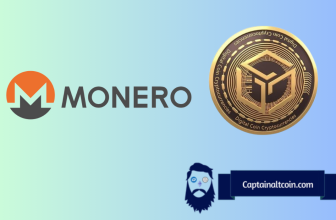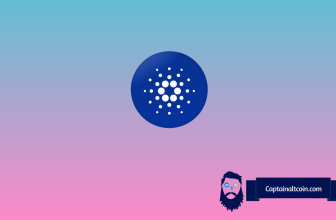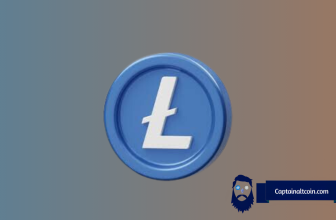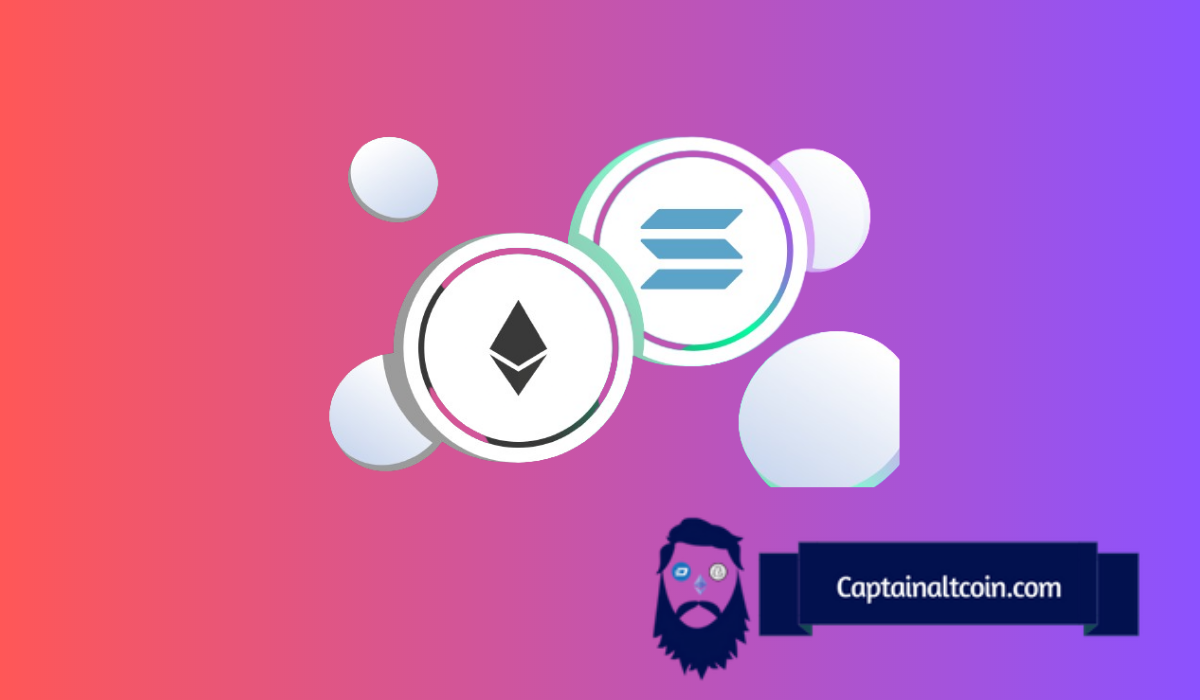
Both Ethereum ($ETH) and Solana ($SOL) have implemented mechanisms to “burn” or permanently remove tokens from circulation, thereby affecting their supply. Ethereum’s EIP-1559 mandates that a portion of transaction fees on the network is used to purchase and subsequently burn $ETH.
Solana, too, allocates 50% of its transaction fees to buy and burn $SOL tokens. While both projects aim to reduce token supply through burning, the extent and impact of these mechanisms differ significantly.
The Numbers: Comparing Fees, Burns, and Emissions
For a clearer picture, consider the year-to-date (YTD) data. Solana has generated approximately $9.72 million in transaction fees, resulting in about $4.86 million worth of $SOL being burned. Meanwhile, Ethereum has generated a staggering $1.64 billion in fees, with about $1.37 billion of this being used to buy and burn $ETH.
The real differentiator becomes visible when you look at token emission to pay network validators. Solana has emitted $374 million worth of $SOL, far outweighing the amount burned. Ethereum, in contrast, has an inflation figure of $714 million to pay its validators.
Doge2014 raises 500K in days celebrating Dogecoin. Make potentially big profits and get in on exclusive airdrop!
Show more +The crux of the argument lies in the ratio of tokens burned to tokens emitted for validator incentives. For Ethereum, the Year-to-Date (YTD) burn amount is approximately 2 times greater than the YTD inflation caused by validator payments. Solana’s YTD burn, on the other hand, is just 0.025 times its YTD inflation.
The data suggests that Ethereum’s token economics are more geared toward reducing inflationary pressures than Solana’s. Simply put, Ethereum is removing more tokens from circulation than it is introducing, whereas Solana is doing the opposite. This has critical implications for long-term holders, as it could indicate a more favorable supply-demand dynamic for $ETH compared to $SOL.
When considered purely from the angle of token burns, emissions, and long-term economic viability, Ethereum appears to be a more balanced investment. Of course, numerous other factors should be considered in a comprehensive investment strategy. Nonetheless, based solely on current YTD data related to token burns and inflation, Ethereum comes out ahead.
We recommend eToro
Wide range of assets: cryptocurrencies alongside other investment products such as stocks and ETFs.
Copy trading: allows users to copy the trades of leading traders, for free.
User-friendly: eToro’s web-based platform and mobile app are user-friendly and easy to navigate.

